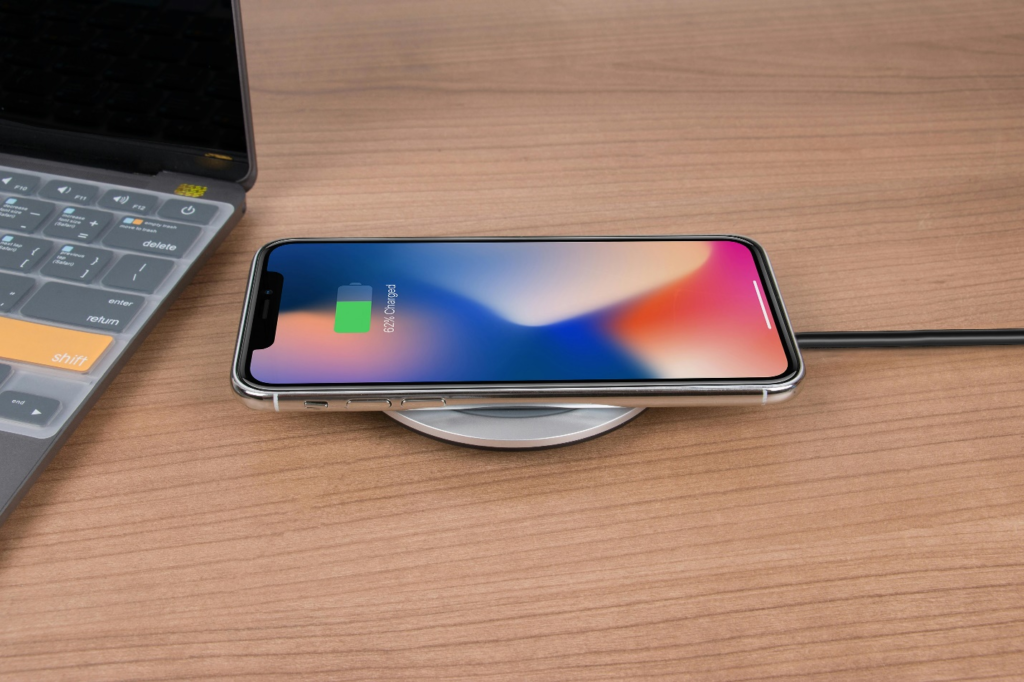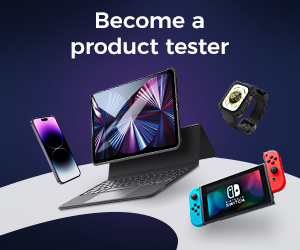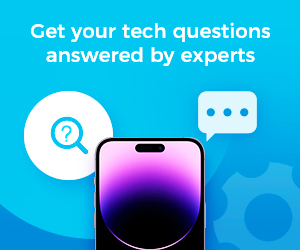The capability to charge devices quickly has increased and is one of the main features of modern technology products. The requirement for accelerated and effective charging methods rises daily regardless of the electronic device, starting from smartphones and tablets to smartwatches.
Not only that, but the technology of wireless charging has also become a common solution for iPhone owners. We are seeing increased demand for wireless charging features with two great competitors: Qi2 wireless charging alongside Apple’s MagSafe.
The absence of cables is a shared feature between these systems, yet which provides speedier charging remains unanswered. Let’s dive in and find out!
Is Wireless Charging Faster Than Lightning?
Nearly everyone uses the typical lightning cable. The lightning cable provides a fast, reliable charging method because it has remained the standard iPhone charging solution since its invention. Progress in wireless technology enabled wireless charging to emerge on the market.
Wireless charging functions, in theory, provide users with easier charging without the requirement of constantly plugging in cables every time they need to recharge their devices.
Which charging method provides faster speed between wireless technology and conventional systems? Well, the technology determines how fast each system charges the device. Here is a quick overview to help you out:
- Through electromagnetic fields, Qi2 Wireless Charging moves charging power between the charger device and its receiver.
- Apple designed MagSafe Charging as a contemporary charging system that connects through magnets to reach the iPhone’s charging coil. This technology guarantees safety and rapid charging rates because of its secure connection method.
- Mobile phone devices charge more rapidly through wired connections than wireless charging protocols do.
Both methods provide easy access, but they have dissimilar charging speeds. Let’s understand all technology features when by examining them in detail.
What Are the Disadvantages of Wireless Charging?
The ease of wireless charging operations comes with certain functional restrictions. These are the essential drawbacks that users need to consider:
- The charging process operated through wireless modes slows down when compared to traditional wired options.
- The heating effects during wireless charging operations decrease the lifespan of your device’s battery power.
- The correct placement of the device on its charging pad remains essential to the charging process.
- The capability to work between devices and wireless chargers differs due to compatibility problems.
- The charging speed of Qi2 chargers can be reduced because they deliver lower power output.
- Wireless chargers dissipate more power than standard chargers because they deliver charging at slower speeds.
Discover the Power Behind Qi2 Wireless Charging and Its Working Mechanism!
The Qi2 wireless charging technology is the main standard for wireless power transfer operations. An electromagnetic field allows the transmitter to send energy between the charger and the device.
The interactive connection takes place between two coils that belong to the charger and the device. Next, the applied energy starts to charge the device after the coils achieve proper alignment. Here are some key features of this technology:
- The process begins when an energy supply directs power to the charging pad, which consequently produces magnetic fields.
- The power capacity of Qi2 chargers reaches 15 watts, but it depends on the combination of charging device and charger type.
- The Qi2 standard functions with all main smartphone operating systems across iPhones and Android mobile devices.
- Wireless charging does not require accessories since users can charge their devices without cables.
- Magnetic induction is the mechanism by which devices wirelessly receive charge from this system.
Can iPhones Use Qi2 Wireless Charging?

Yes, the Qi2 wireless charging protocol operates with current iPhones, starting from the iPhone 8 model. This feature exists in all versions of the iPhone, starting from the 8th generation that was released on the market. Everything that supports the Qi2 standard will effectively recharge your updated iPhone without cables. Also, you need to keep these things in mind:
- Charging speed varies based on the charger and iPhone model.
- Wide compatibility to ensure that it works with most devices that support Qi2.
- Convenient as no cables are required, so it is perfect for quick top-ups.
Explore the Power Behind MagSafe iPhone Charging and Its Operational Process!
Apple created MagSafe as its modern charging solution. The MagSafe charging system does not function like Qi2 charging because it uses unique magnets to align the charger with the iPhone charging port.
The exact positioning between the charge and the iPhone enables maximum efficiency during charging procedures. Below, you will find three fundamentals regarding this technology:
- Both components of the MagSafe charger incorporate embedded magnets.
- MagSafe chargers outperform most Qi2 chargers in terms of efficiency by delivering accelerated charging speed.
- Exclusive to Apple as MagSafe is designed specifically for Apple products, so it provides a seamless experience.
- A stable connection with the magnetic alignment ensures a consistent and efficient charge.
- Magnetic alignment helps align the charger for optimal efficiency.
Can Android Devices Use MagSafe?
MagSafe functions exclusively with iPhones because it includes a magnetic alignment system that Android devices lack. Android devices do not support MagSafe’s built-in magnetic connection, which reduces their ability to use its high-speed charging capabilities.
Android devices can use Qi2 wireless charging, but they won’t benefit from the exact alignment or higher power output that MagSafe offers. In short:
- iPhone-Specific MagSafe only works with iPhones and Apple accessories.
- Android devices can’t use MagSafe to charge.
- Androids rely on standard Qi2 chargers for wireless charging.
- Android charging speeds are limited to standard Qi2 speeds.
Qi2 Wireless Charging vs MagSafe iPhone Charging: Which Charges Faster?
When it comes to charging speed, both Qi2 wireless charging and MagSafe have their advantages. But which one actually charges your iPhone faster? Let’s give you a quick overview:
- Most Qi2 chargers offer up to 7.5 watts for iPhones. Some more advanced models can go up to 15 watts, but this is still not as fast as MagSafe charging.
- MagSafe, on the other hand, delivers a consistent 15-watt charge on compatible iPhones. This makes it faster than Qi2 charging in many cases.
- The precise alignment of MagSafe ensures an optimal charge every time.
- Qi2 speed variations vary because changing the Qi2 charger and device will modify the charging speed.
- MagSafe’s charging method restricts its use to iPhones, whereas Qi2 technology supports various devices.
- Power output through MagSafe reaches the iPhone more efficiently than standard Qi2 wireless charging technology.
Multiple variables influence device charging speed because it depends on the iPhone model, the chosen charger, and the current electric draw. The charging speed for older iPhone models, such as the iPhone 12, will not extend past 15 watts despite the available maximum capability.
Your speed will remain slow and unaffected by using Qi or MagSafe in such cases where the iPhone model lacks maximum speed capabilities. Knowing about these factors ensures that you have a clear idea about the capabilities that you can get from Qi2 charging.
Conclusion
MagSafe emerges superior to Qi2 wireless charging through its streamlined and rapid method of iPhone charging. The charger’s magnetic alignment provides iPhones with quicker, more reliable charging abilities. Both wireless charging systems provide users with mobility benefits.
As a result, they can avoid cable entanglement when replenishing their devices. Users who depend on speed for their iPhones should choose MagSafe as their wireless charging preference.
On the other hand, users who need universal compatibility in their wireless charging solution will find value in using the Qi standard. The deciding factor between the two techniques depends entirely on your device requirements and technical capabilities.



